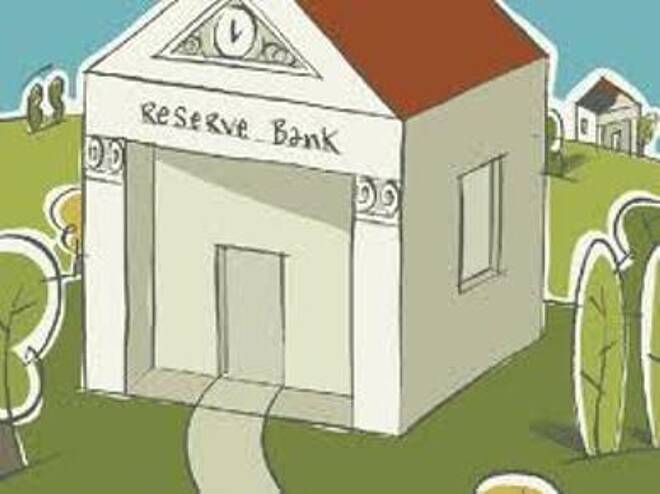Advertisement
Advertisement
Do Markets Care About The ECB Stress Test Results?
By:
There were two simultaneous stress tests conducted in the Eurozone with the outcomes announced on Sunday. There were really no surprises as the results
A group of 25 European banks have failed a key health check of the region’s financial system, exposing a 25 billion euro ($31.7 billion) shortfall on their books. The European Central Bank also found that all of the euro zone’s banks have not been strict enough in identifying toxic assets, finding an additional 136 billion euros in non-performing loans. Of the 25 banks that have failed the ECB’s test, which was a snapshot of their books at the end of last year, 12 of them have already covered their capital shortfall.
The tests are a key test of whether Europe is serious about repairing its dysfunctional banking system. The ECB has come under fire over whether the tests have been rigorous enough and the “stresses” used were
realistic. The ECB’s checks have centered on the asset quality of 130 of the eurozone’s major banks. At the same time the European Banking Authority has tested 123 banks in the European Union – the 18-member eurozone and the 10 non-euro countries — measuring how well lenders can weather differing degrees of economic downturn. The EBA tests are checked by the ECB in the case of euro zone banks, or the countries own central bank when it is outside the euro zone. In the U.K., the Bank of England will also conduct its own stress tests, with provision for bigger property losses – the results will be announced in December.
The results in terms of number of failures are slightly worse than expected, though most of those who failed, missed by relatively small amounts. But even those that have passed are not invincible. Another European tradition, sadly, is for those banks declared fit in past stress-tests to topple over soon after, an unwelcome trend that exacerbated the eurozone crisis.
The most notable highlight of the report is that the ECB found €136 billion in troubled loans banks had not fessed up to, bringing the European total to €879 billion ($1.1 trillion). Italy will have to implement the biggest reclassification of loans (€12 billion), with Greek (€8 billion) and German banks (€7 billion) also challenged. Interpreting the results, even at aggregate level, is complicated by the fact that they are arrived at using data from the end of 2013—and much has happened since then. The question comes down to does the market really care?
About the Author
Barry Normanauthor
Did you find this article useful?
Latest news and analysis
Advertisement
